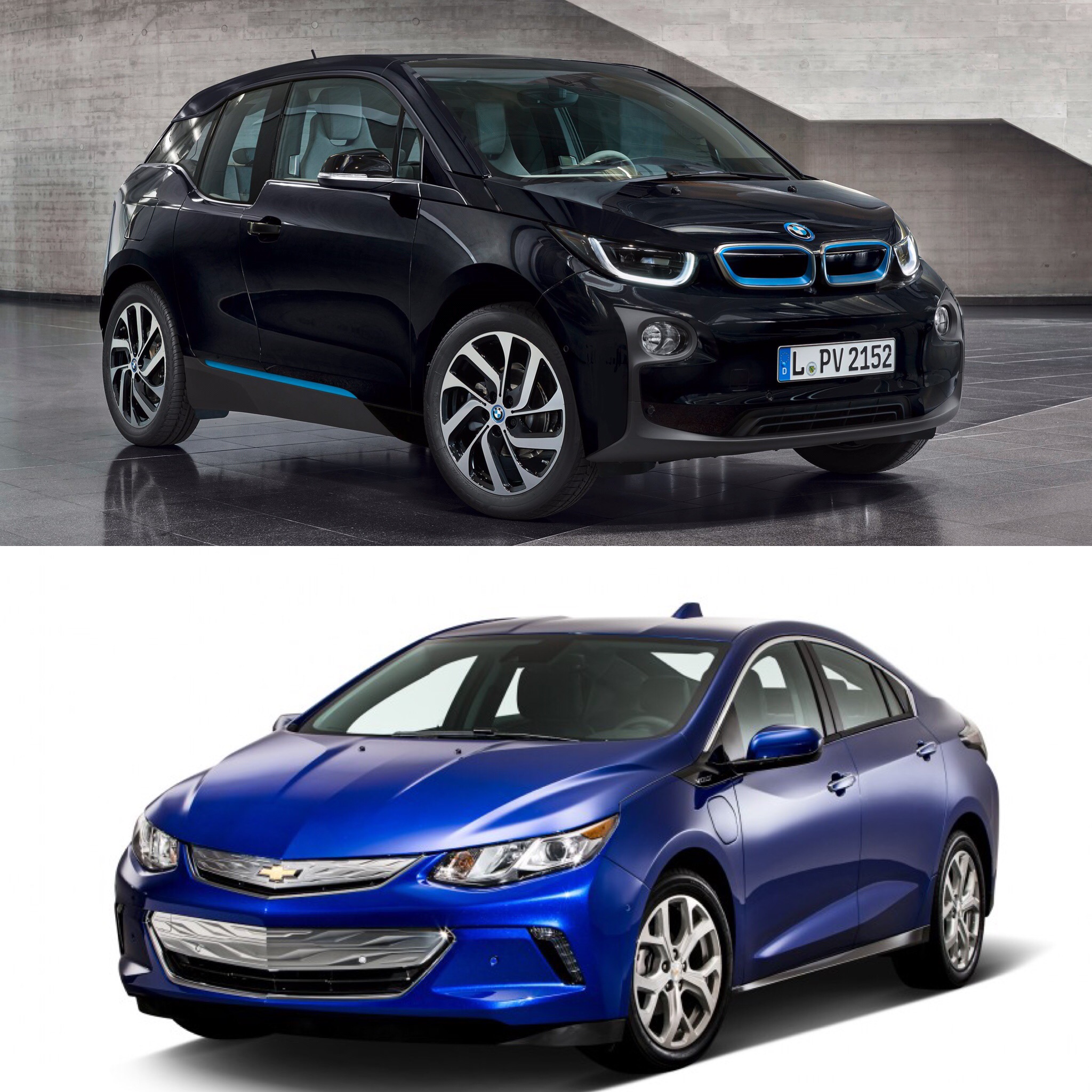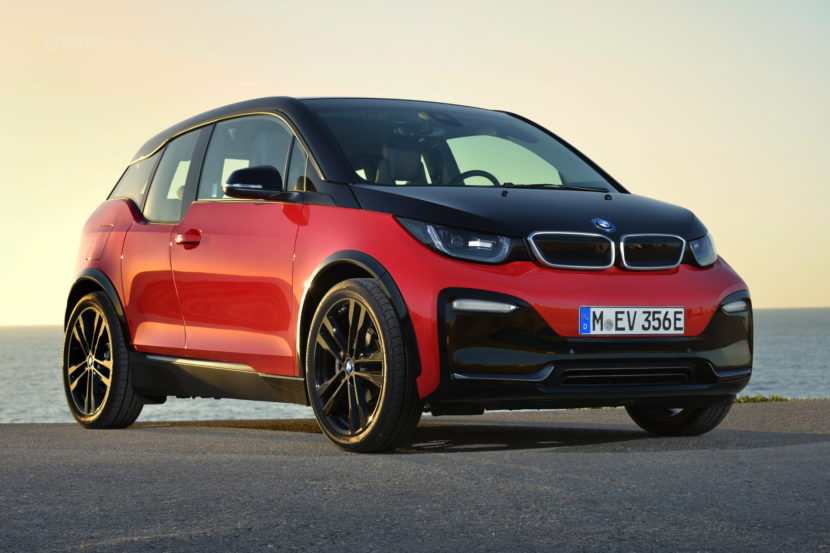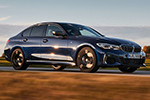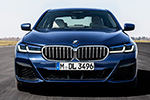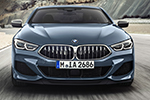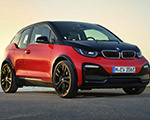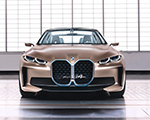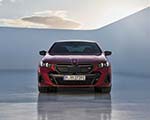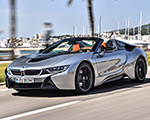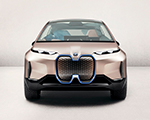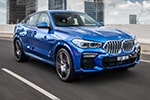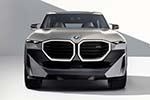There’s been much hubbub about BMW and Telsa going head to head for electric vehicle domination. But in the mix of all of this BMW/Tesla arguing, it’s almost as if people have forgotten about little ole Chevy. The new Chevy Volt is an impressive little car, that offers a very intriguing hybrid proposition. These two cars are actually more similar to each other than they are to anything coming from Silicon Valley, as they both offer a gasoline engine as a way to charge their batteries. But anyway, on to the test. A Canadian publication, The Globe and Mail, recently tested both cars back to back, so let’s see what they found.
In terms of looks, the two cars couldn’t actually be more different. The only similarity they share is that they’re both technically hatchbacks. While the Volt looks like a typical compact sedan, it actually has a hatchback-style trunk. But aside from that design quirk, you’d be hard pressed to differentiate the Volt from any other compact sedan on the market. The BMW i3, on the other hand, looks like something that came out of Minority Report, as if it were plucked from a science fiction novel. It’s downright funky and different and weird, but it makes owning an EV feel like owning something from the future and that’s a very good thing indeed. So, because of its far-out there styling, it is certainly the design winner.
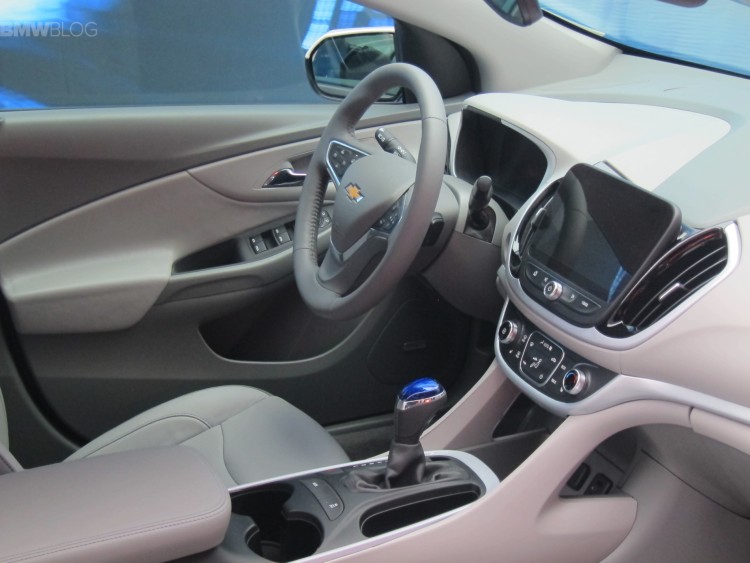
In terms of interior, the Volt has a fine looking cabin that does look quite useful and functional. However, it also seems quite cramped and just looks as if it’s a standard sedan’s interior with some fancy screens slapped on it. The BMW i3’s cabin is far more interesting and has loads more room. It’s also superbly built, using exotic materials and is extremely different. But most importantly, it looks special and like something purposely built and designed to be the future of the automobile, while the Volt’s looks like a Cruze interior with an EV skin on top. Advantage again goes to BMW.
Where the Volt starts to catch up is in the range department. While the Chevy actually has a shorter electric range than the i3, 65 km to the i3’s 108 km in this test, it has a much further gasoline-extended range of 500 km, compared to the BMW’s 100 km or so. So the Chevy can realistically go further than the i3 and makes it the better EV for long journeys. While the i3 makes and excellent city car, where its better electric range but lack of overall range isn’t much of an issue, the Volt is a great city car too and it can go further distances. So advantage Chevy.

When it comes to actually driving both cars, the i3 really shines. The short wheelbase, extremely low curb weight and rear-drive nature makes the i3 a blast to drive. It has go-kart handling and cobra-like reflexes to go with its surprisingly brisk acceleration. 0-60 mph comes in a claimed 7.9 seconds, but everyone who’s driven an i3 knows that it feels quicker than that. The Volt, on the other hand, isn’t bad either. While it lacks the sportiness of the i3, it’s still a nice car to drive and a bit more comfortable. It’s more the relaxed cruiser, which is good considering that it has the ability to travel long distances. But, overall, the BMW i3 is the better car to drive.
In terms of cost, though, the Chevy has a real advantage. Costing over $10,000 less than the BMW i3 REx, the Chevy Volt is the better deal, as it has a further range and similar levels of tech. However, the BMW i3 does justify its higher price with superb materials, a far superior cabin and better driving dynamics. In this test, the Volt was rated just a bit higher than the i3 for its better breadth of abilities. However, we feel that if someone can afford the i3, it’s the better car overall. But, if one wants to save some money, the Chevy Volt is a fantastic value proposition and a great little EV for the price.
[Source: The Globe and Mail]


